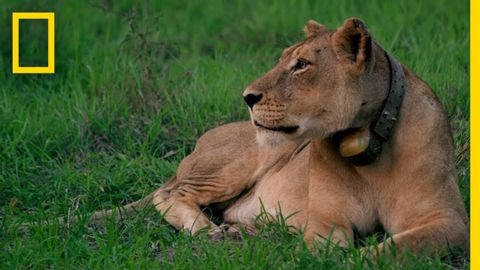ゴロンゴサの再育成。ライオンズ|ナショナルジオグラフィック (Rewilding Gorongosa: Lions | National Geographic)
林宜悉 が 2020 年 10 月 24 日 に投稿  この条件に一致する単語はありません
この条件に一致する単語はありませんUS /ɪnˈkrɛdəbəl/
・
UK /ɪnˈkredəbl/
- adj.信じられない;すばらしい;信じられない;信じられない
US /ˌsɪtʃuˈeʃən/
・
UK /ˌsɪtʃuˈeɪʃn/
- n. (c./u.)条件;期間;学期;用語;関係;項;妊娠期間;任期
- v.t.称する
US /əˈsoʊʃiˌeɪt/
・
UK /ə'səʊʃɪeɪt/
- n. (c.)同僚 : 仕事仲間
- v.t./i.交際する;連想する
- adj.準会員
エネルギーを使用
すべての単語を解除
発音・解説・フィルター機能を解除
